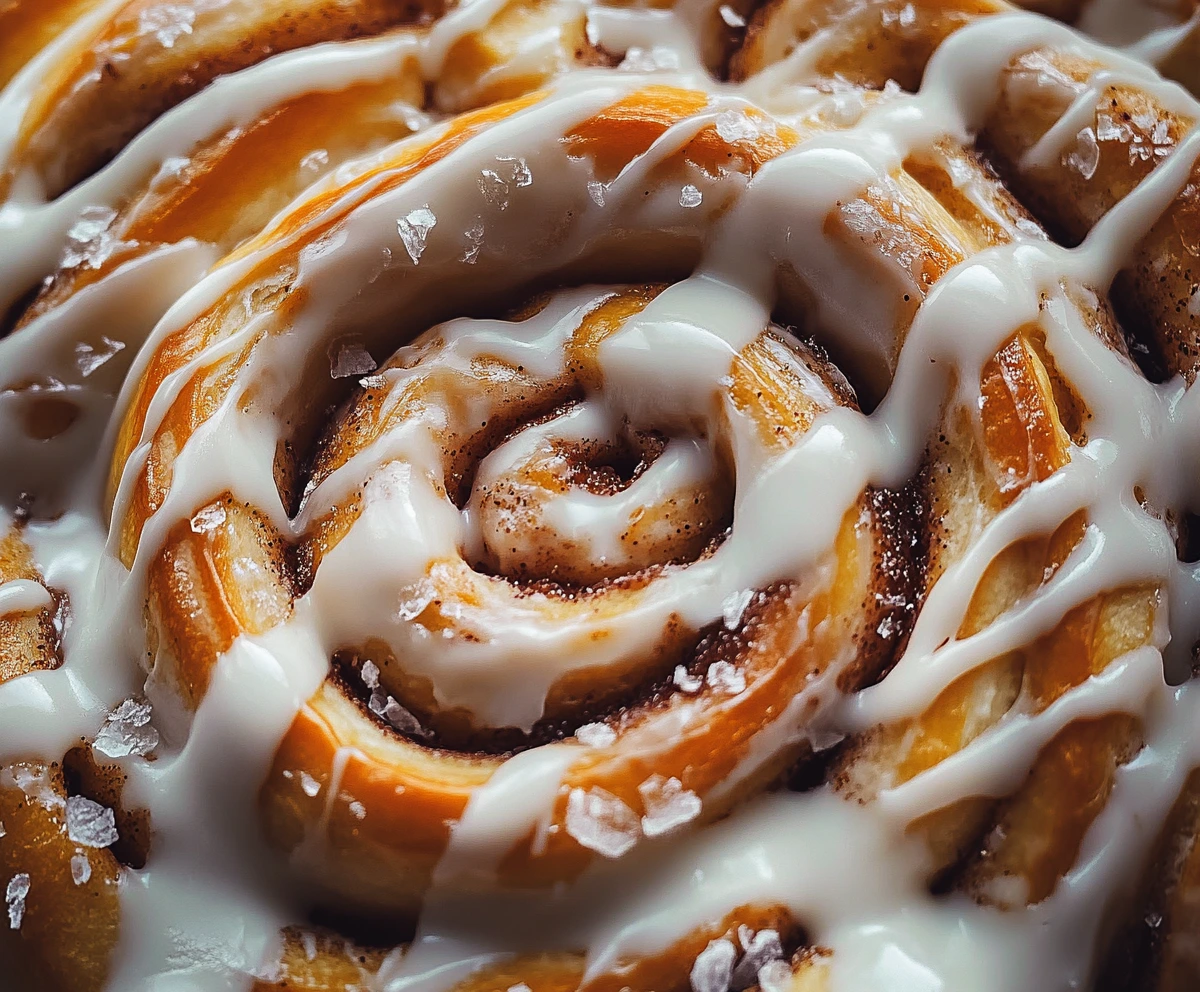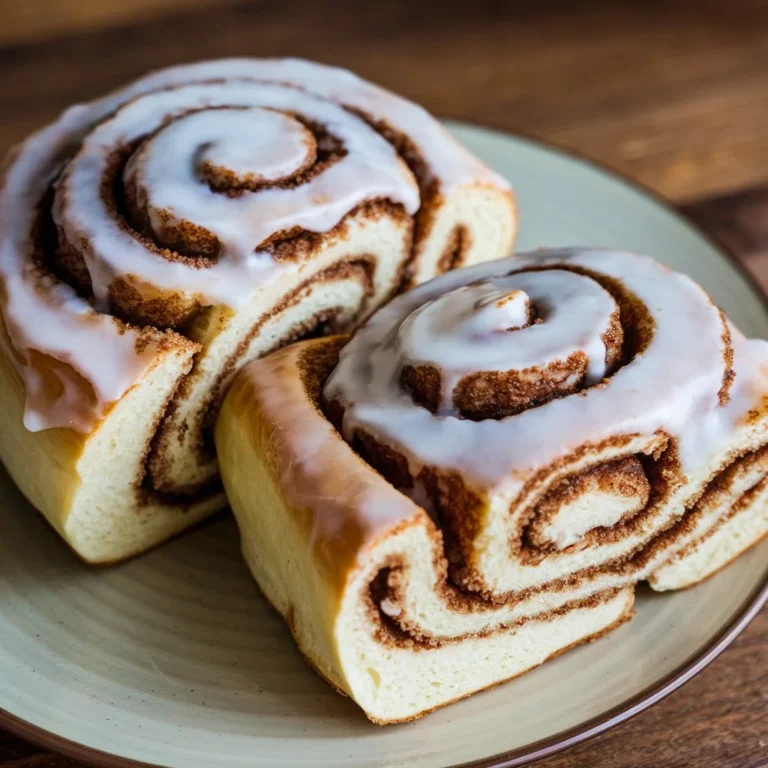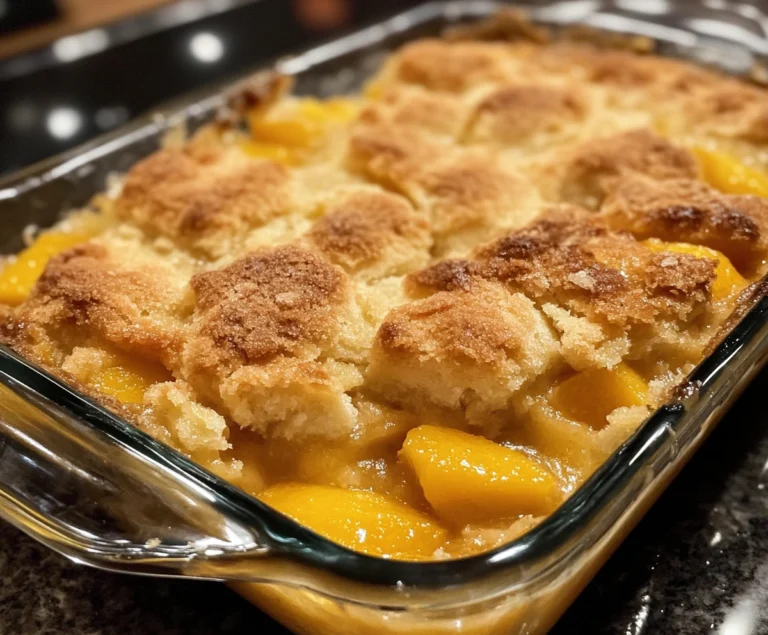Does Sourdough Discard Still Have Health Benefits?
Sourdough discard, once seen as waste by many bakers, is now gaining recognition for its nutritional benefits and culinary versatility. While sourdough starters have been valued for their ability to naturally leaven bread, the discard also holds significant value, both in terms of health and flavor. The short answer is that sourdough discard does indeed retain numerous health benefits, thanks to its beneficial compounds that support gut health, improve digestion, and add unique flavor to various recipes.
In this comprehensive guide, we will explore what sourdough discard is, its health benefits, and how you can incorporate it into your baking routine. We will also address its risks, proper storage methods, and creative uses for those looking to make the most out of this ingredient.
Sourdough Fermentation Explained: Provide a link to a detailed article on the science behind sourdough fermentation. Example: What is Sourdough Fermentation?
Table of Contents
- What is Sourdough Discard?
- The Science of Fermentation and Sourdough
- Nutritional Components of Sourdough Discard
- Health Benefits of Sourdough Discard
- Supports Gut Health
- Improved Digestibility
- Antioxidants and Nutrient Bioavailability
- Probiotic and Prebiotic Content
- Reduced Phytic Acid
- Lower FODMAPs
- Lower Glycemic Index
- Risks of Using Sourdough Discard
- How to Store Sourdough Discard Safely
- Creative Uses for Sourdough Discard
- Recipes for Sourdough Discard: Pancakes, Crackers, and More
- How to Use Discard in Savory and Sweet Recipes
- Baking Tips for Working with Sourdough Discard
- Conclusion: Maximizing the Benefits of Sourdough Discard
1. What is Sourdough Discard?
Sourdough discard is the portion of your sourdough starter that is removed during the feeding process. A sourdough starter is a mixture of flour and water that captures wild yeast and lactic acid bacteria from the environment, which allows bread to rise naturally without commercial yeast.
To keep your sourdough starter healthy and active, you need to “feed” it regularly by discarding a portion of the starter and replenishing it with fresh flour and water. Many beginners mistakenly throw this discard away, believing it’s useless. However, discard is not waste; while it may not be as bubbly or active as a fed starter, it still contains plenty of beneficial microorganisms and nutrients. It can be used in a variety of recipes, such as pancakes, waffles, crackers, cookies, and even pizza crusts.
Probiotics and Gut Health: Link to a trusted source that explains how probiotics support gut health. Example: Probiotics: What You Need to Know
2. The Science of Fermentation and Sourdough
The magic behind sourdough discard lies in the fermentation process. Sourdough fermentation occurs through a symbiotic relationship between wild yeast and lactic acid bacteria. These microorganisms break down carbohydrates in the flour, converting them into carbon dioxide (which helps bread rise) and lactic acid (which gives sourdough its signature tangy flavor).
Fermentation is not only a method for leavening dough but also enhances the nutritional content of the food. Bacteria and yeast break down complex compounds in the flour, making nutrients more bioavailable. They also produce beneficial compounds such as vitamins, organic acids, and enzymes. Although discard does not have enough active yeast to leaven bread on its own, it still retains a high concentration of lactic acid bacteria, which is where its health benefits originate.
3. Nutritional Components of Sourdough Discard
Sourdough discard, while it may not seem like much, is a nutritional powerhouse. Here’s a breakdown of the key nutrients found in it:
- Carbohydrates: Like all flour-based products, sourdough discard contains carbohydrates, a primary energy source for the body. During fermentation, some of the starches in the flour are broken down, resulting in a lower glycemic index, making them easier to digest.
- Protein: Sourdough discard contains protein, primarily gluten (if made from wheat flour). Fermentation breaks down some of the proteins, making them more digestible for some individuals. For those using gluten-free flour, the discard still retains protein from other grains.
- Fiber: The fermentation process in sourdough helps retain more fiber, particularly soluble fiber, which aids digestion and promotes a healthy gut.
- Probiotics: While sourdough discard does not contain as many live bacteria as a fully active starter, it still contains beneficial microorganisms, especially lactic acid bacteria, which can support gut health.
- Vitamins and Minerals: Discard is rich in B vitamins (like thiamine, riboflavin, niacin, and folate), magnesium, iron, and other micronutrients. Fermentation makes these nutrients more bioavailable, making them easier for the body to absorb.
- Phytochemicals: Discard contains phytochemicals like polyphenols and antioxidants, which help reduce inflammation and improve immune function.
4. Health Benefits of Sourdough Discard
1. Supports Gut Health
One of the most significant benefits of sourdough discard is its ability to support gut health. It contains both probiotics (live beneficial bacteria) and prebiotics (fibers that feed good bacteria in the gut). Lactic acid bacteria, which thrive in sourdough fermentation, produce lactic acid as a byproduct, which helps maintain a slightly acidic environment in the gut. This encourages the growth of healthy bacteria while inhibiting harmful pathogens.
Even though discard contains fewer live cultures than a fully active starter, it still contributes to a balanced gut microbiome. Probiotics are known to aid digestion, nutrient absorption, and immune system regulation.
2. Improved Digestibility
The fermentation process breaks down complex carbohydrates and proteins, making them easier to digest. Sourdough discard retains this digestibility advantage even when used in non-bread recipes such as pancakes or muffins. For those who struggle with gluten sensitivity (but not celiac disease), the lactic acid bacteria in sourdough break down gluten, which can make it easier to tolerate.
Additionally, fermentation reduces the levels of anti-nutrients like phytic acid, which can block the absorption of minerals like calcium, iron, and magnesium. This means that nutrients in sourdough discard are more bioavailable and easier for the body to absorb.
3. Antioxidants and Nutrient Bioavailability
Fermentation increases the antioxidant content of grains by producing phenolic compounds, which neutralize harmful free radicals in the body. Free radicals can cause oxidative stress, leading to inflammation and various diseases. The antioxidants found in sourdough discard help reduce this risk and support overall health.
Moreover, fermentation boosts nutrient bioavailability. The breakdown of phytic acid during fermentation allows for better absorption of essential minerals like zinc, magnesium, and iron, which are important for maintaining healthy bones, blood, and muscles.
4. Probiotic and Prebiotic Content
Sourdough discard is a rich source of lactic acid bacteria, which are well-known for their probiotic properties. These bacteria promote a healthy gut by balancing the microbiome and supporting the immune system. Although the probiotic content in discard is lower than in other live-cultured foods like yogurt, it still offers digestive benefits.
In addition to probiotics, sourdough discard contains prebiotics, which are indigestible fibers that feed good bacteria in the gut. Prebiotics help promote the growth of beneficial microorganisms, improving digestion, reducing inflammation, and even potentially boosting mental health.
5. Reduced Phytic Acid
Phytic acid, found in grains, is an anti-nutrient that binds to minerals like calcium, iron, and zinc, preventing them from being absorbed by the intestines. However, the fermentation process in sourdough significantly reduces phytic acid levels. This means that sourdough discard offers minerals in a more bioavailable form, allowing the body to absorb them more efficiently.
For individuals on plant-based diets, this is especially important since grains and legumes are major sources of minerals. Sourdough discard helps maximize the nutritional benefits of these foods.
6. Lower FODMAPs
Individuals with digestive sensitivities, such as those with irritable bowel syndrome (IBS), may find that sourdough discard is easier on the stomach than traditional doughs. The fermentation process breaks down FODMAPs (fermentable oligosaccharides, disaccharides, monosaccharides, and polyols), which are carbohydrates that can cause digestive discomfort for some people.
By reducing FODMAP levels, sourdough-based products made from discard may cause fewer symptoms such as gas, bloating, and indigestion in sensitive individuals.
7. Lower Glycemic Index
Sourdough discard, like sourdough bread, tends to have a lower glycemic index compared to conventional bread made with commercial yeast. The glycemic index (GI) measures how quickly a food raises blood sugar levels. Foods with a lower GI release glucose more slowly, preventing spikes in blood sugar and insulin levels.
The fermentation process in sourdough slows down the digestion and absorption of carbohydrates, making discard a better option for individuals looking to manage their blood sugar levels, particularly those with diabetes.
5. Risks of Using Sourdough Discard
While sourdough discard offers numerous health benefits, there are some risks associated with using it:
1. Overconsumption and Digestive Discomfort
Fermented foods, including sourdough discard, should be consumed in moderation. The probiotics and prebiotics in sourdough can support gut health, but overconsumption may lead to digestive discomfort, particularly for individuals unaccustomed to fermented foods. Symptoms like bloating, gas, and diarrhea may occur if you eat too much sourdough discard at once.
2. Mold and Spoilage
If not stored properly, sourdough discard can spoil or develop mold. If you notice any signs of spoilage, such as mold growth, a foul smell (like acetone or alcohol), or a slimy texture, discard it immediately. Always store discard properly to avoid these risks.
3. Gluten Sensitivity and Celiac Disease
Although sourdough fermentation breaks down some gluten, discard is not safe for individuals with celiac disease. Even though the fermentation process reduces gluten content, it does not eliminate it. If you have celiac disease or severe gluten intolerance, avoid sourdough discard made from gluten-containing grains.
6. How to Store Sourdough Discard Safely
Proper storage of sourdough discard is essential to preserve its quality and prevent spoilage. Here are some tips:
- Room Temperature: Sourdough discard can be left at room temperature for up to 24 hours. If you plan to use it within a day, you can leave it loosely covered on the counter. However, it will continue to ferment, and the flavor may become more sour over time.
- Refrigeration: For longer storage, keep sourdough discard in an airtight container in the fridge. Discard can last up to two weeks when refrigerated. Before using, give it a stir and check for any signs of spoilage.
- Freezing: If you have more discard than you can use in two weeks, consider freezing it. Portion it into small, airtight containers or freezer bags. Sourdough discard can be frozen for several months and thawed in the fridge or at room temperature before use.
7. Creative Uses for Sourdough Discard
One of the best things about sourdough discard is its versatility in both sweet and savory recipes. Here are a few creative ways to use sourdough discard:
1. Sourdough Pancakes
Sourdough discard makes light, fluffy pancakes with a tangy twist. The mild acidity of the discard adds depth to the flavor, and because pancakes don’t require a strong rise, discard works perfectly in this recipe.
2. Sourdough Crackers
Sourdough discard can be transformed into delicious crackers with a tangy flavor that pairs well with herbs, seeds, and spices. Experiment with different seasonings to create your own unique sourdough crackers.
3. Sourdough Pizza Crust
Sourdough discard is ideal for making pizza crusts. Although it may not provide enough leavening power for a thick, fluffy crust, it works wonderfully for thin and crispy pizzas.
4. Muffins, Quick Breads, and Cookies
Sourdough discard can be used to add flavor and moisture to various baked goods, including muffins, quick breads, and cookies. The tanginess of the discard balances the sweetness of these treats, creating a more complex flavor profile.
5. Savory Flatbreads
Savory flatbreads are an easy and quick way to use sourdough discard. Top your flatbread with herbs, cheese, or vegetables for a delicious appetizer or side dish.
8. Recipes for Sourdough Discard: Pancakes, Crackers, and More
Here are a few simple recipes to get you started using sourdough discard in your cooking:
Sourdough Pancakes Recipe
Ingredients:
- 1 cup sourdough discard
- 1 cup flour
- 1 egg
- 1 tsp baking powder
- 1 tsp sugar (optional)
- 1/2 tsp salt
- 1 cup milk
- Butter or oil for frying
Instructions:
- Whisk together the sourdough discard, flour, egg, baking powder, sugar, salt, and milk in a bowl until smooth.
- Heat a skillet over medium heat and add butter or oil.
- Pour the batter onto the skillet and cook for about 2-3 minutes per side until golden brown.
- Serve with your favorite toppings.
Sourdough Crackers Recipe
Ingredients:
- 1 cup sourdough discard
- 1/4 cup olive oil
- 1 cup flour
- Salt and seasonings (e.g., garlic powder, rosemary, sesame seeds)
Instructions:
- Preheat your oven to 350°F (175°C).
- Mix the sourdough discard, olive oil, flour, and seasonings into a dough.
- Roll out the dough thinly on a parchment-lined baking sheet.
- Cut the dough into squares and bake for 20-25 minutes, or until crisp and golden.
- Allow the crackers to cool before storing them in an airtight container.
Sourdough Pizza Crust Recipe
Ingredients:
- 1 cup sourdough discard
- 2 cups flour
- 1 tsp salt
- 1 tsp olive oil
- 1/2 cup warm water
Instructions:
- Mix the sourdough discard, flour, salt, olive oil, and water until a dough forms.
- Knead the dough for about 5 minutes until smooth.
- Let the dough rest for 30 minutes.
- Preheat your oven to 450°F (230°C).
- Roll out the dough and place it on a pizza pan or baking sheet.
- Add your desired toppings and bake for 12-15 minutes, or until the crust is golden and crisp.
9. How to Use Discard in Savory and Sweet Recipes
Sourdough discard is incredibly versatile and can be used in both savory and sweet recipes. For savory dishes, try adding it to pizza crusts, savory flatbreads, or crackers. You can also use it to make dumpling wrappers or even pasta dough.
For sweet recipes, sourdough discard can be incorporated into cakes, cookies, muffins, and quick breads. The tangy flavor of the discard complements the sweetness of these baked goods, adding complexity to their flavor profile.
10. Baking Tips for Working with Sourdough Discard
When using sourdough discard in recipes, keep the following tips in mind:
- Use within 24 hours if stored at room temperature: Discard will continue to ferment, which may affect the flavor of your baked goods. For a milder flavor, use it within 24 hours or refrigerate it for up to two weeks.
- Adjust liquid ratios: Since sourdough discard contains some liquid, you may need to adjust the amount of other liquids in your recipe. Start by reducing the liquid by a tablespoon or two.
- Enhance flavors with spices and herbs: The tangy flavor of discard pairs well with herbs, spices, and even savory cheeses. Don’t be afraid to experiment with flavors to create more complex dishes.
11. Conclusion: Maximizing the Benefits of Sourdough Discard
Sourdough discard is a valuable ingredient that offers numerous health benefits, from supporting gut health to improving digestion and providing antioxidants. By incorporating sourdough discard into your cooking, you can reduce food waste, enhance the flavor of your baked goods, and enjoy the many nutritional perks of sourdough fermentation.
Whether you’re making pancakes, crackers, pizza crusts, or muffins, sourdough discard is a versatile ingredient that can be used in a wide variety of sweet and savory dishes. Just remember to store it properly, use it in moderation, and enjoy the unique, tangy flavor it brings to your favorite recipes.







